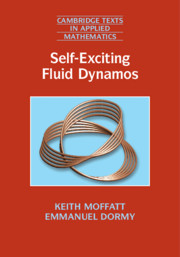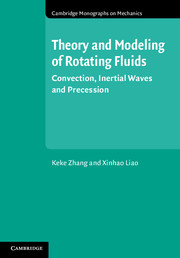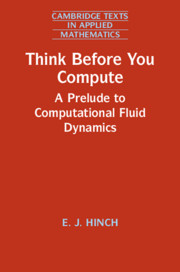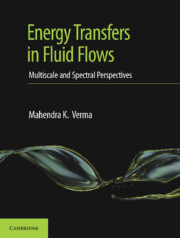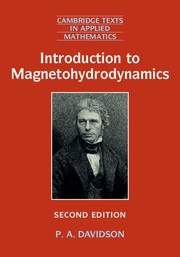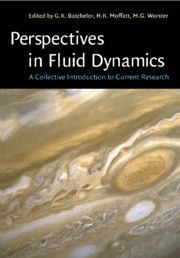Self-Exciting Fluid Dynamos
Exploring the origins and evolution of magnetic fields in planets, stars and galaxies, this book gives a basic introduction to magnetohydrodynamics and surveys the observational data, with particular focus on geomagnetism and solar magnetism. Pioneering laboratory experiments that seek to replicate particular aspects of fluid dynamo action are also described. The authors provide a complete treatment of laminar dynamo theory, and of the mean-field electrodynamics that incorporates the effects of random waves and turbulence. Both dynamo theory and its counterpart, the theory of magnetic relaxation, are covered. Topological constraints associated with conservation of magnetic helicity are thoroughly explored and major challenges are addressed in areas such as fast-dynamo theory, accretion-disc dynamo theory and the theory of magnetostrophic turbulence. The book is aimed at graduate-level students in mathematics, physics, Earth sciences and astrophysics, and will be a valuable resource for researchers at all levels.
- Includes the most recent theoretical and experimental developments in the field
- Provides an ideal introduction for students who are new to dynamo theory
- Surveys observations on planetary and stellar magnetism, giving motivation for the theoretical developments
Product details
April 2019Adobe eBook Reader
9781108636834
0 pages
215 b/w illus. 30 colour illus. 5 tables
This ISBN is for an eBook version which is distributed on our behalf by a third party.
Table of Contents
- Preface
- Part I. Basic Theory and Observations:
- 1. Introduction
- 2. Magnetokinematic preliminaries
- 3. Advection, distortion and diffusion
- 4. The magnetic field of the Earth and planets
- 5. Astrophysical magnetic fields
- Part II. Foundations of Dynamo Theory:
- 6. Laminar dynamo theory
- 7. Mean-field electrodynamics
- 8. Nearly axisymmetric dynamos
- 9. Solution of the mean-field equations
- 10. The fast dynamo
- Part III. Dynamic Aspects of Dynamo Action:
- 11. Low-dimensional models of the geodynamo
- 12. Dynamic equilibration
- 13. The geodynamo: instabilities and bifurcations
- 14. Astrophysical dynamic models
- 15. Helical turbulence
- 16. Magnetic relaxation under topological constraints
- 17. Magnetic relaxation in a low-β plasma
- Appendix. Orthogonal curvilinear coordinates
- References
- Author index
- Subject index.

